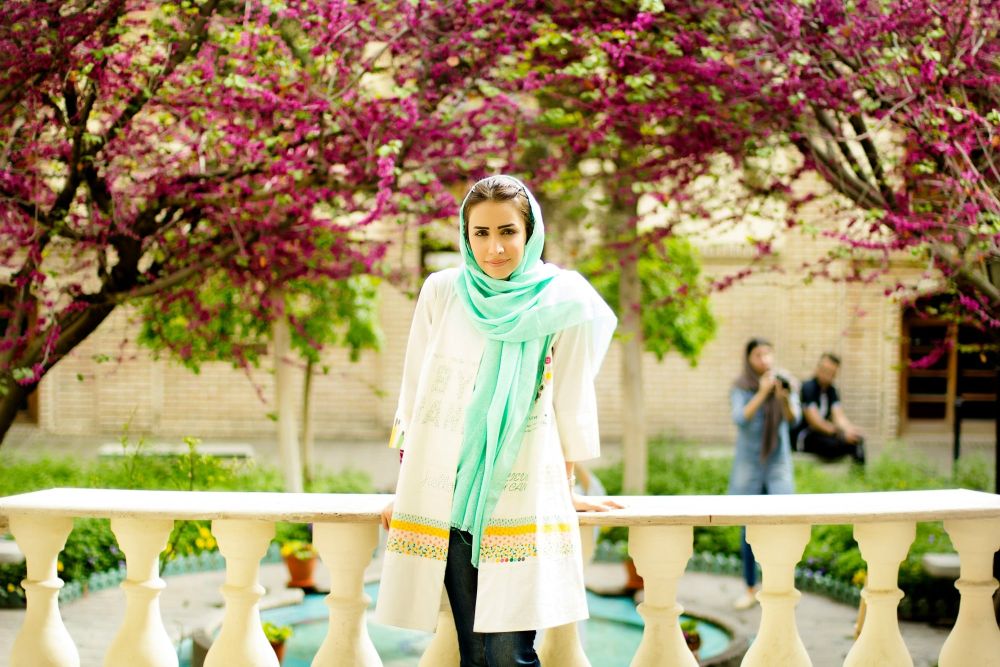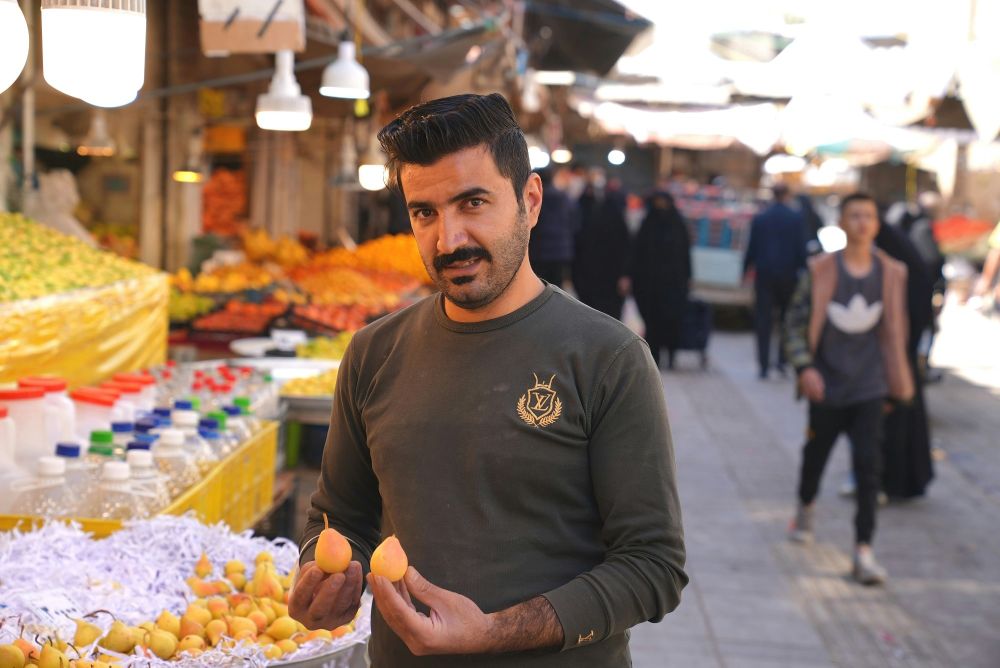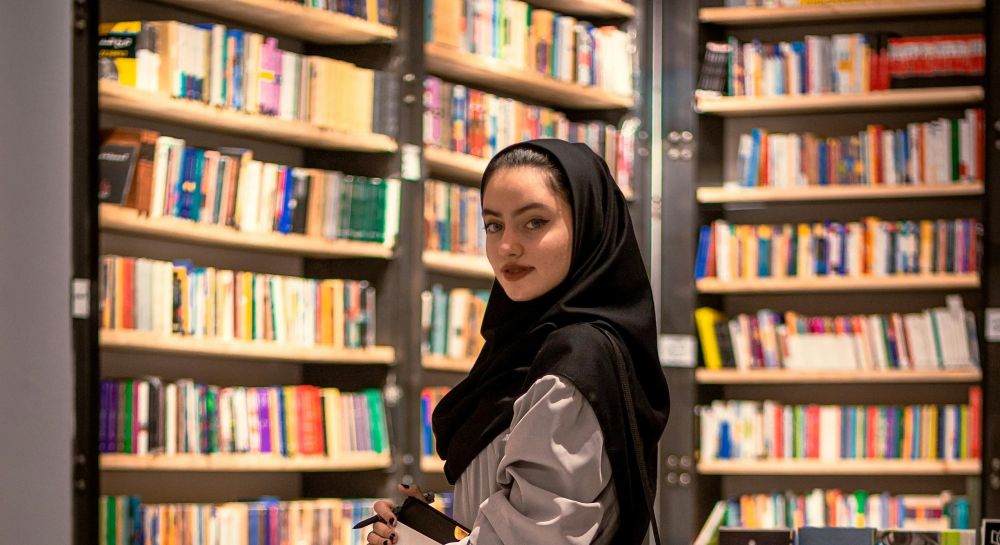Dress Code, Public Behavior, and Social Etiquette in Iran
Dress Code in Iran
Iran has a mandatory dress code influenced by Islamic principles. Both men and women are required to follow specific guidelines when in public. While enforcement can vary, it is important to respect local customs.
For Women
- Headscarf (Hijab): Women must cover their hair with a scarf. The coverage can be loose, but it should not be completely absent.
- Clothing: Long-sleeved shirts, tunics, or manteaux that cover the hips are required. Tight-fitting clothes should be avoided.
- Pants or Long Skirts: Women must wear full-length pants or skirts that reach the ankles.
- Footwear: Sandals and open-toed shoes are allowed.
For Men
- Tops: Short-sleeved shirts are acceptable, but sleeveless tops are not appropriate.
- Pants: Shorts are not allowed in public; long trousers are required.
- Footwear: Sandals are acceptable.
For Kids
- Girls: Young girls are not required to wear a hijab until they reach puberty, but modest clothing is encouraged.
- Boys: There are no strict dress codes for young boys, but as they grow older, wearing long trousers becomes the norm.

Public Behavior and Social Etiquette
Social interactions in Iran are influenced by cultural and religious values. Here are some key etiquette rules to follow:
Greeting Etiquette
- Handshakes: Men usually shake hands, but opposite genders do not unless they are close family members. Instead, a nod or verbal greeting is appropriate.
- Common Greetings: Saying "Salam" (hello) is the most common way to greet people.
Public Conduct
- Physical Contact: Public displays of affection, such as hugging and kissing between opposite genders, are not acceptable.
- Loud Behavior: Speaking loudly in public is considered impolite.
- Respect for Elders: Standing up when an elder enters the room and using polite language is highly appreciated.
- Public Transportation:There are designated sections in the metro exclusively for women, and men are not allowed in these areas. Similarly, on BRT buses, men and women are completely separated, with dedicated sections for each gender to ensure comfort and privacy.

Dining Etiquette
- Removing Shoes: In many homes, it is customary to remove shoes before entering.
- Sharing Food: Meals are often shared, and it is polite to accept an offer of food or tea.
Religious Etiquette
- Prayer Times: Be respectful when people are praying, and avoid interrupting them.
- Visiting Mosques: Women must wear a chador in certain mosques, which is usually provided at the entrance.
Taarof (Iranian Politeness)
Taarof is a unique aspect of Iranian culture. It is a complex form of politeness that can sometimes be confusing for visitors. It involves offering things, rejecting them initially, and then accepting them on the second or third offer. This can apply to everything from offering food, gifts, or even a seat. While it is often done out of respect and to create a feeling of generosity, it can sometimes be misunderstood.
- Food and Drinks: When offered food or drinks, it’s common to politely refuse once or twice before accepting, even if you are interested. This is considered a sign of good manners.
- Compliments: If you receive a compliment, it’s typical to downplay it, saying something modest in response (such as "It's nothing special"), even if you are proud of the compliment.
- Gifts: When giving gifts, it's often expected to say that the gift is "nothing" or "just a small thing." The recipient may insist on rejecting the gift, but they are expected to accept it after a few rounds of this exchange.
- Offers to Pay: If someone offers to pay for something (e.g., in a restaurant), they may insist several times, even if you want to pay. It's polite to offer to pay before allowing the other person to do so.
While Taarof is a beautiful expression of politeness, it can be tricky to navigate. It’s important to understand the context and be respectful of these cultural norms. When in doubt, just accept the offer graciously after a few polite refusals!
Understanding and respecting Iran’s dress code, social etiquette, and Taarof will ensure a smooth and enjoyable visit. Following these guidelines will help you engage respectfully with locals and avoid any misunderstandings.




